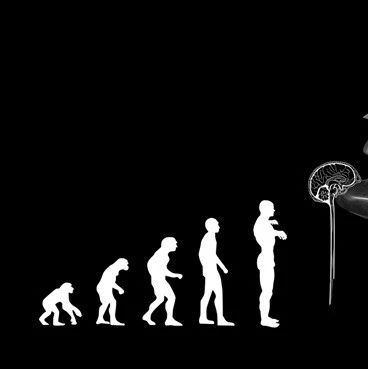导读:科学家在本周《自然—方法学》杂志上撰文称,他们发现一种新方法,可极大地改进出生后人体纤维原细胞转化为神经细胞的效率。

通过使用转基因手段让细胞呈现转录因子混合表达的方法,纤维原细胞这种成熟的人体皮肤细胞可以被直接转化为神经细胞。作为再生医学中一种神经学疾病建模的手段,该方法对研究神经发育具有很好的潜在作用。但其缺点是低效,由此获得转化的细胞比例小。Oliver Brüstle等人从新生儿与幼童身上提取人体纤维原细胞,并混入一种能影响活体内神经细胞产生的分子进行培养。在此过程中,他们还加入两种转录因子的组合物,接着神经细胞转化率提高了15倍以上。
通过此方法获得的神经细胞在细胞类型方面的基因表达和功能均正常。此外,初步研究结果认为该方法也可能增加成体人体纤维原细胞转化为神经细胞的效率,从而使得年龄相关性疾病的细胞建模也成为可能。

Small molecules enable highly efficient neuronal conversion of human fibroblasts
Julia Ladewig,1 Jerome Mertens,1, 5 Jaideep Kesavan,1, 5 Jonas Doerr,1 Daniel Poppe,1 Finnja Glaue,1 Stefan Herms,2 Peter Wernet,3 Gesine Kögler,3 Franz-Josef Müller,4 Philipp Koch1 & Oliver Brüstle1
Forced expression of proneural transcription factors has been shown to direct neuronal conversion of fibroblasts. Because neurons are postmitotic, conversion efficiencies are an important parameter for this process. We present a minimalist approach combining two-factor neuronal programming with small molecule–based inhibition of glycogen synthase kinase-3β and SMAD signaling, which converts postnatal human fibroblasts into functional neuron-like cells with yields up to >200% and neuronal purities up to >80%.
文献链接:https://www.nature.com/nmeth/journal/vaop/ncurrent/full/nmeth.1972.html








